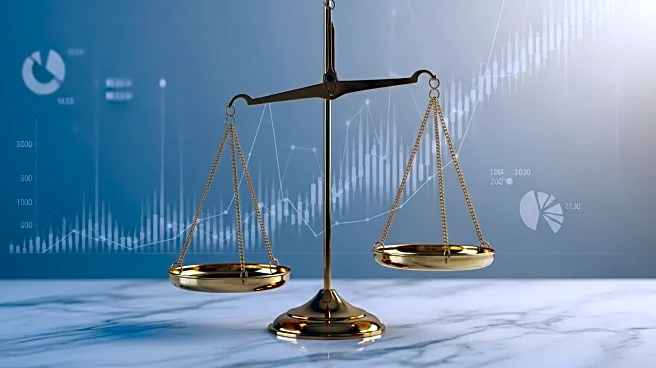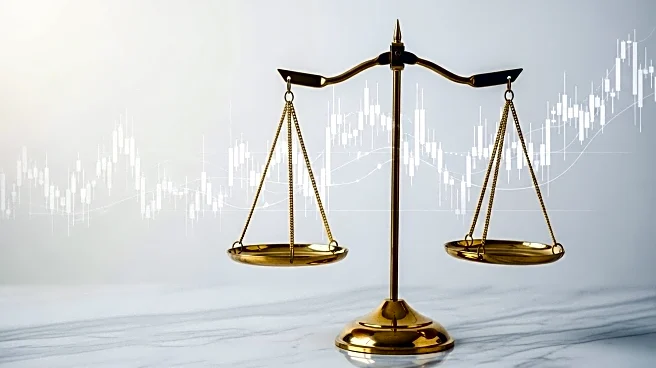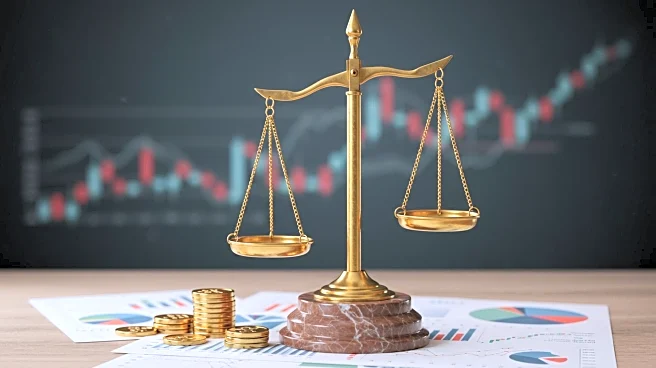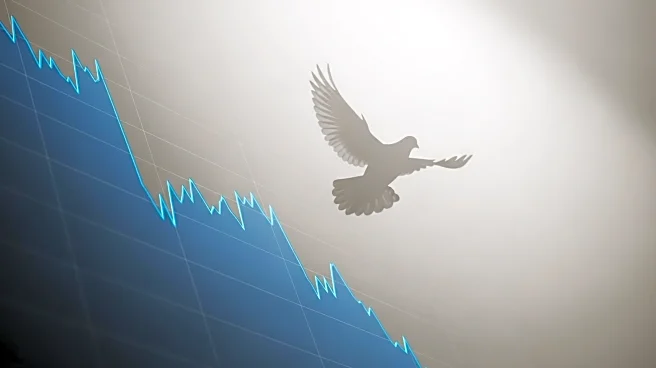What's Happening?
Inflation in the U.S. has stabilized at 2.7% as of July 2025, following a peak of 9.1% in 2022. The Consumer Price Index (CPI), tracked by the U.S. Bureau of Labor Statistics, indicates a significant change in purchasing power over the years. In 2016, the CPI was 236.525, and by 2025, it had risen to 315.605, reflecting an average annual inflation fluctuation of 3.24%. This inflation has been driven by demand-pull factors and increased production costs. The value of $400 from 2016 is now equivalent to $534 in 2025, showing a compounded growth rate of 33%. Despite these inflationary pressures, investments in the S&P 500 have yielded returns, although inflation has eroded some of these gains.
Why It's Important?
Understanding inflation is crucial for consumers as it affects budgeting, savings, and investment plans. The erosion of purchasing power impacts everyday expenses, retirement planning, and educational funding. Tools like FintechZoom.com and the Minneapolis Fed's inflation calculator can help track these changes, enabling informed financial decisions. As inflation rates are expected to grow at an average of 2.7% in 2026, staying updated with reliable sources is essential for navigating the economic landscape.
What's Next?
The inflation rate is expected to continue at an average of 2.7% in 2026, which will further affect the purchasing power of past dollars. Consumers and investors need to monitor these changes closely to adjust their financial strategies accordingly. The Bureau of Labor Statistics and other financial platforms will provide ongoing updates to help individuals plan effectively.












